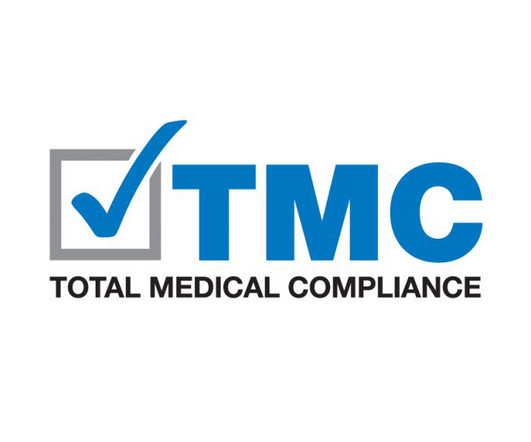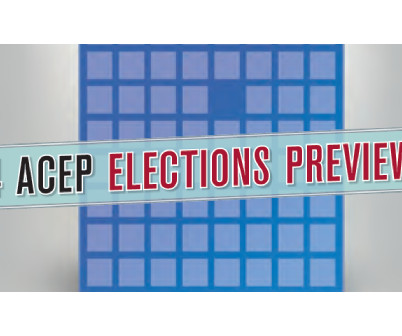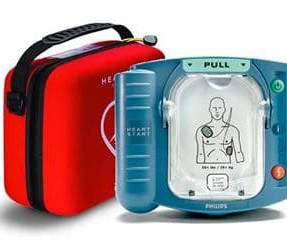Best Practices for Healthcare Organizations to Ensure OSHA Compliance
American Medical Compliance
FEBRUARY 17, 2024
Ensuring the safety and well-being of both patients and staff is paramount. In this blog, we’ll delve into the best practices that healthcare organizations can adopt to achieve and uphold OSHA compliance. Maintain Comprehensive Recordkeeping Document workplace injuries and illnesses. Contact us now to get started.




































Let's personalize your content